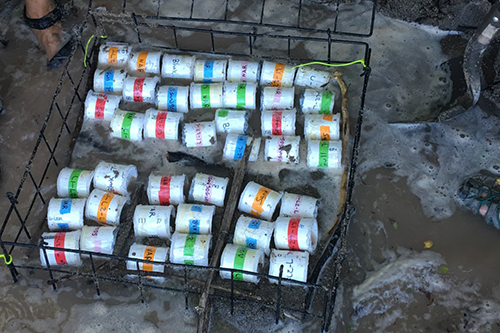Province partners with local organizations to clean-up, restore health of shorelines in Niagara
The Ontario government is investing $6 million to support 30 multi-year projects that will help protect, conserve, and restore the Great Lakes, including two shoreline projects in Niagara. The investments will help reduce plastic litter and control excess nutrients and road salt entering lakes, rivers, and streams. Read the full story by The Niagara Independent.
Great Lakes Commission
https://www.glc.org/dailynews/20230719-cleanup-shores-niagara














